My Account
Customer Service
Need Help?
© 2024 Sports Games Outdoors. All Rights Reserved.

Whether you’re a seasoned angler or a novice to the fishing world, the tranquility of a quiet lake or the rush of a challenging deep-sea catch is an experience that connects us to nature in a remarkably profound way. Fishing is not just a hobby — it’s a complex sport that blends skill, patience, and a dash of luck.
In this comprehensive guide, we’ll wade through the depths of fishing techniques, tackle, regulations, and the profound environmental impact fishing has on our planet. By the end of this post, you’ll be equipped with the knowledge to pursue your angling dreams, with a keen eye on sustainability and stewardship of our marine ecosystems.
Fishing is an ancient practice, but its principles remain unchanged. It’s about using the right tools and techniques to lure and capture fish. Before you cast your line, it’s crucial to understand the basics.
The fishing rod is your primary tool, and it comes in many shapes and sizes. From lightweight spincasting rods for beginners to heavy-duty deep-sea fishing rods for the seasoned pros, the right rod is your first step to a successful catch.
Your choice of tackle is as important as your rod. Consider the type of fish you’re targeting, the depth and conditions of the water, and the season. Are you fly fishing for trout in a mountain stream or trolling the open ocean for marlin? Different setups are required for different situations.
Bait is the hook that gets the fish on your line. Artificial baits, like flashy spinners and realistic crankbaits, are great for many species and excite the predatory instincts of fish. Live bait, such as worms and minnows, can be equally effective. But remember, always check local regulations to find out what baits are allowed in your fishing spot.
The location of your fishing adventure can make a world of difference. From freshwater lakes to saltwater bays, each spot offers unique challenges and rewards.
Lakes, rivers, and ponds are teeming with a wide variety of fish. Bass, catfish, trout, and pike are just a few of the species you can find in the freshwater. Know the local conditions — what’s the best season to fish for salmon in Alaska or what time of day bass are most active in Florida’s Everglades.
Saltwater fishing opens up a whole new world of angling opportunities, often with the promise of larger and more acrobatic fish. Plan a trip to renowned spots like the Gulf of Mexico or the shores of New Zealand’s North Island, and get ready for an unforgettable adventure.
Don’t have time to escape the city? Urban fishing can be surprisingly rewarding. Many metropolitan areas have ponds, rivers, or even catch-and-release lakes stocked with plenty of fish.
The joy of fishing comes with a great responsibility. Ethical fishing practices are essential for preserving fish populations and their habitats.
Before you go fishing, make sure you understand the local, state, and federal regulations. Limits on catch sizes, restricted areas, and special seasons are designed to keep fish populations healthy.
Catch and release is an important conservation practice. Proper handling and immediate release ensure the fish has the best chance of survival, so future generations can enjoy the sport.
Be mindful of the impact fishing has on the environment. Always dispose of fishing lines and other waste properly, and consider the sustainability of the fish you’re catching — some species are threatened or endangered.
Once you’ve mastered the basics, it’s time to level up your fishing game with advanced techniques that can help you land the most elusive catches.
Trolling involves fishing from a moving boat, trailing bait or lures. Drifting is a similar tactic without the aid of a motor. These techniques are favored for open water fishing and can lead to exciting and diverse catches.
Jigging is a vertical technique that works well for deep-sea fishing. It involves moving the lure in a way that mimics the natural movement of underwater prey. Bottom fishing, as the name suggests, is about keeping the bait on the seafloor or riverbed for species like flounder and halibut.
Fly fishing is a beautiful and graceful method typically used in freshwater. It requires skill in casting a weighted line with a special rod and imitates the movement of insects to attract trout and other fish.
Safety should always be your top priority when fishing. Whether you’re casting on a quiet pond or heading into the choppy seas, understand the risks and take precautions.
Keep an eye on the forecast and be prepared for changes in weather. Thunderstorms can appear suddenly, and rough seas can be treacherous — having the right gear is essential.
If you’re fishing from a boat, ensure all safety equipment is in good condition and that you understand how to use it. Life jackets, flares, and a first-aid kit can make all the difference in an emergency.
From curious seals to territorial snapping turtles, encounters with wildlife can be a highlight of fishing — or a hazard. Respecting the natural inhabitants of the water is key to preventing conflicts and staying safe.
Fishing is a lifelong pursuit. There’s always something new to learn, another corner of the earth to explore, and another quest for a prized catch. Enjoy the simple pleasure of a day by the water, the camaraderie of fellow anglers, and the rich, enduring tradition of fishing.
In the end, the greatest reward is not the number or size of the fish you catch, but the connection you build with nature and the memories you’ll carry with you. Happy fishing!
